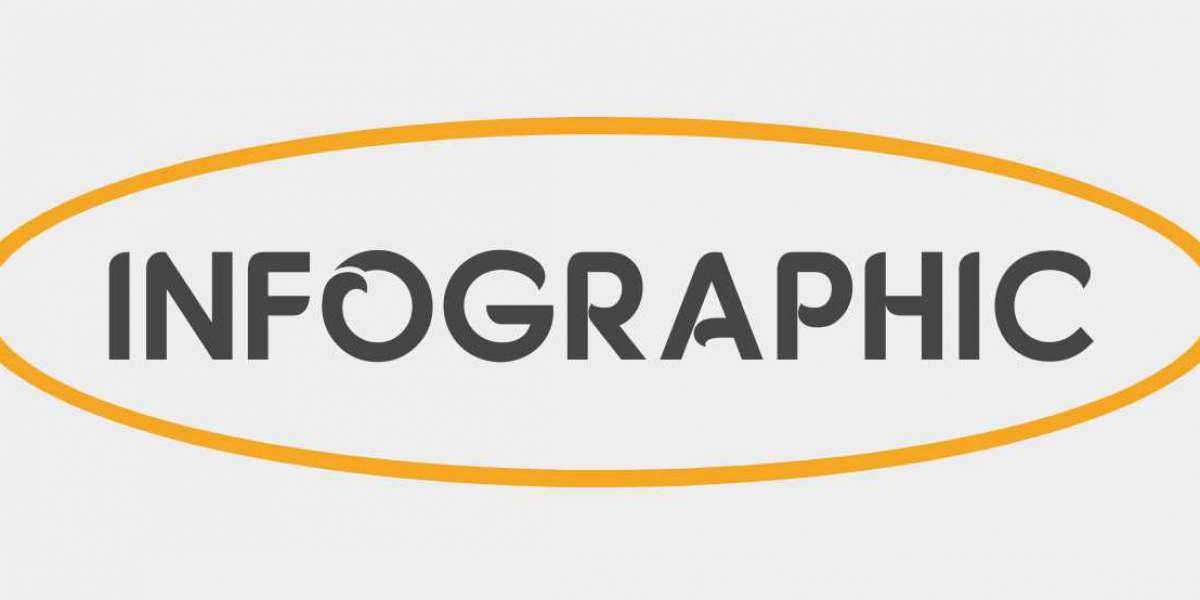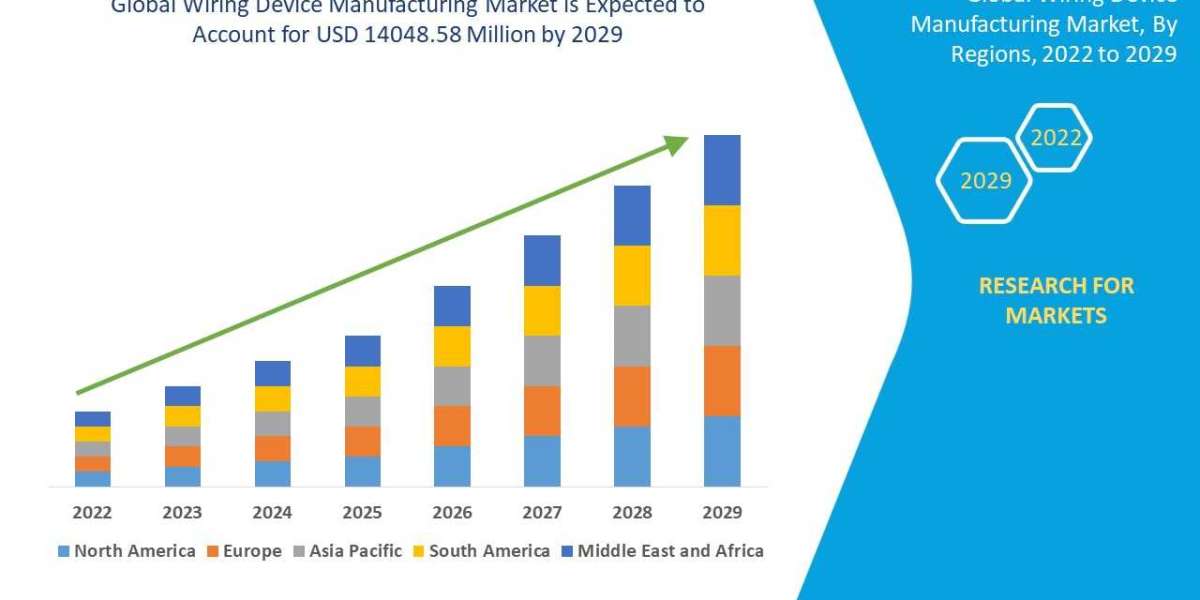Introduction
Chimeric Antigen Receptor T-cell (CAR-T) therapy has emerged as a revolutionary treatment for certain types of cancers, particularly hematologic malignancies. By engineering patients' own T-cells to express specific receptors that target cancer cells, CAR-T therapy offers a highly personalized and effective treatment option. However, despite its promising efficacy, CAR-T therapy is associated with significant side effects, one of the most serious being neurotoxicity (Neurotoxicity). This article delves into the market insights, epidemiology, and market forecast for CART-related neurotoxicity through 2032.
Understanding CART-related Neurotoxicity
CART-related neurotoxicity, also known as immune effector cell-associated neurotoxicity syndrome (ICANS), is a significant adverse effect observed in patients undergoing CAR-T therapy. Neurotoxicity can manifest as a range of symptoms from mild confusion and headaches to severe encephalopathy, seizures, and cerebral edema. The exact mechanisms of Neurotoxicity are still under investigation, but it is believed to be related to cytokine release and the subsequent inflammatory response in the central nervous system (CNS).
Epidemiology of CART-related Neurotoxicity
The incidence of Neurotoxicity varies widely depending on the type of CAR-T product, the patient population, and the specific cancer being treated. Studies have shown that up to 40% of patients receiving CAR-T therapy can develop some form of neurotoxicity. The severity of Neurotoxicity also varies, with approximately 10-20% of patients experiencing severe or life-threatening symptoms.
Key factors influencing the incidence and severity of Neurotoxicity include:
- Type of CAR-T Product: Different CAR-T products have varying propensities for causing Neurotoxicity. For instance, products targeting CD19, such as axicabtagene ciloleucel (Yescarta) and tisagenlecleucel (Kymriah), have well-documented associations with Neurotoxicity.
- Patient Characteristics: Age, underlying health conditions, and the extent of disease can impact the likelihood of developing Neurotoxicity. Older patients and those with extensive disease burden are at higher risk.
- Treatment Protocols: The dosing and administration protocols of CAR-T therapy, including lymphodepleting chemotherapy regimens, can influence the incidence of Neurotoxicity.
Market Insight
The market for CART-related neurotoxicity is intrinsically linked to the broader CAR-T therapy market. As CAR-T therapies continue to gain regulatory approvals and expand their indications, the prevalence of Neurotoxicity is expected to increase correspondingly. This has significant implications for both healthcare providers and the pharmaceutical industry.
Current Market Dynamics
- Prevalence of CAR-T Therapy: With the growing adoption of CAR-T therapies for various hematologic malignancies, the pool of patients at risk for Neurotoxicity is expanding. The increasing number of clinical trials and the approval of new CAR-T products are driving market growth.
- Regulatory Landscape: Regulatory agencies are placing emphasis on the safety profiles of CAR-T products, leading to stringent monitoring and reporting requirements for adverse events, including Neurotoxicity. This regulatory scrutiny is influencing the development of mitigation strategies and post-marketing surveillance programs.
- Research and Development: Significant investments are being made in understanding the mechanisms of Neurotoxicity and developing strategies to prevent and manage this complication. Pharmaceutical companies are exploring adjunctive therapies, such as corticosteroids and interleukin-6 (IL-6) inhibitors, to mitigate Neurotoxicity.
Key Players
Several key players are at the forefront of the CAR-T therapy market, and by extension, the market for addressing CART-related neurotoxicity. These include:
- Gilead Sciences (Kite Pharma): Manufacturer of Yescarta.
- Novartis: Manufacturer of Kymriah.
- Bristol-Myers Squibb: Manufacturer of Breyanzi (lisocabtagene maraleucel).
- Johnson & Johnson: Manufacturer of Carvykti (ciltacabtagene autoleucel).
Market Forecast - 2032
The market for CART-related neurotoxicity is poised for significant growth over the next decade, driven by the expanding use of CAR-T therapies and ongoing research into Neurotoxicity mitigation strategies.
Growth Drivers
- Expansion of CAR-T Indications: The approval of CAR-T therapies for a broader range of cancers, including solid tumors, is expected to increase the patient pool susceptible to Neurotoxicity.
- Technological Advancements: Innovations in CAR-T cell engineering and manufacturing processes are likely to improve the safety profiles of these therapies, potentially reducing the incidence and severity of Neurotoxicity.
- Enhanced Monitoring and Management: Advances in neurotoxicity monitoring and management protocols will play a crucial role in mitigating the impact of Neurotoxicity, thereby improving patient outcomes and reducing healthcare costs.
Market Projections
- Revenue Growth: The market for Neurotoxicity-related interventions, including monitoring technologies and therapeutic agents, is projected to grow at a compound annual growth rate (CAGR) of 8-10% from 2022 to 2032.
- Geographic Trends: North America and Europe currently dominate the market due to the early adoption of CAR-T therapies and robust healthcare infrastructure. However, Asia-Pacific is expected to witness the highest growth rate, driven by increasing investments in biotechnology and expanding access to advanced cancer therapies.
- Product Development: The pipeline for adjunctive therapies to manage Neurotoxicity is robust, with several candidates in various stages of clinical development. These include novel anti-inflammatory agents, neuroprotective drugs, and personalized medicine approaches.
Conclusion
CART-related neurotoxicity presents both a challenge and an opportunity for the healthcare and pharmaceutical industries. While the increasing prevalence of Neurotoxicity highlights the need for effective monitoring and management strategies, it also underscores the critical importance of ongoing research and development. As the CAR-T therapy market continues to expand, addressing Neurotoxicity will be paramount to ensuring patient safety and optimizing therapeutic outcomes. The next decade promises significant advancements in this field, driven by technological innovations, enhanced regulatory frameworks, and a deeper understanding of the underlying mechanisms of neurotoxicity. By 2032, the landscape of CART-related neurotoxicity is expected to be markedly transformed, offering hope for improved patient care and better management of this complex adverse effect.
Latest Reports
Anaphylaxis Market | Automated External Defibrillators Market | Hpv-induced Cancers Market | Non Alcoholic Fatty Liver Disease Nafld Market | Acute Agitation And Aggression Market | Biochips Market | Alpha Antitrypsin Market | Pediatric Obesity Market | Carcinoid Tumor Market | Chronic Rhinosinustis Market |Alpha-mannosidosis Market | Chronic Rhinosinusitis Market | Arteriovenous Fistula Market | Defibrillators Market |Pressure Ulcers Market Size | Ophthalmic Imaging Equipment Market |Blood Glucose Monitoring Systems Market | Vascular Access Devices Market | Alopecia Market | Dysthymia Market | Necrotizing Enterocolitis Market | Osteoarthritis Market | Reactive Arthritis Market | Capnography Device Market | Gaucher Disease Market | Hearing Aid Devices Market | Central Serous Chorioretinopathy Market | Hemophilia B Market |Vitamin A Deficiency Market | Acute Coronary Syndrome Market | Acoustic Neuroma Market | Pain Management Devices Market | Acute Pulmonary Embolism Market |Human Papilomavirus Market |Cellulitis Market



